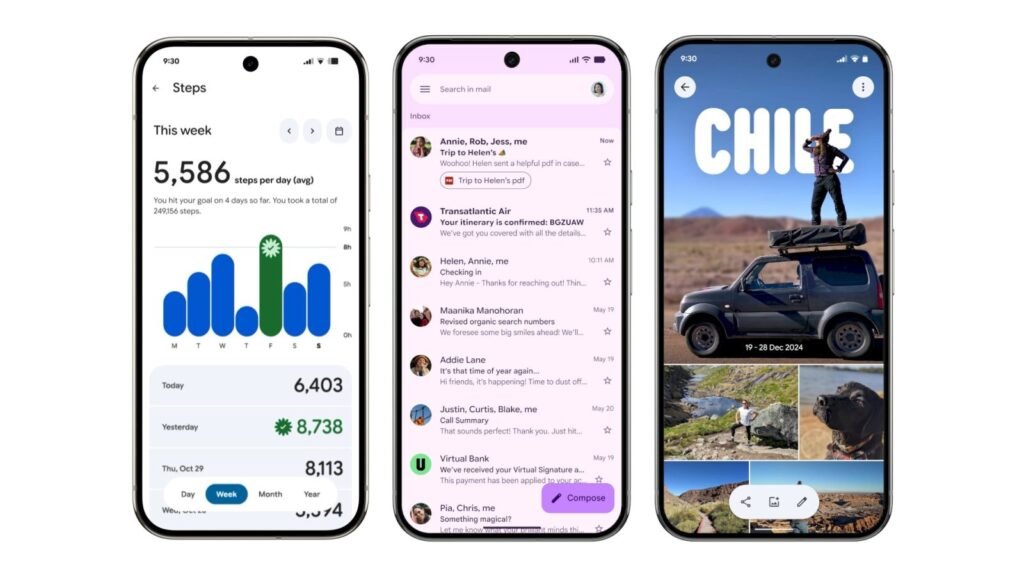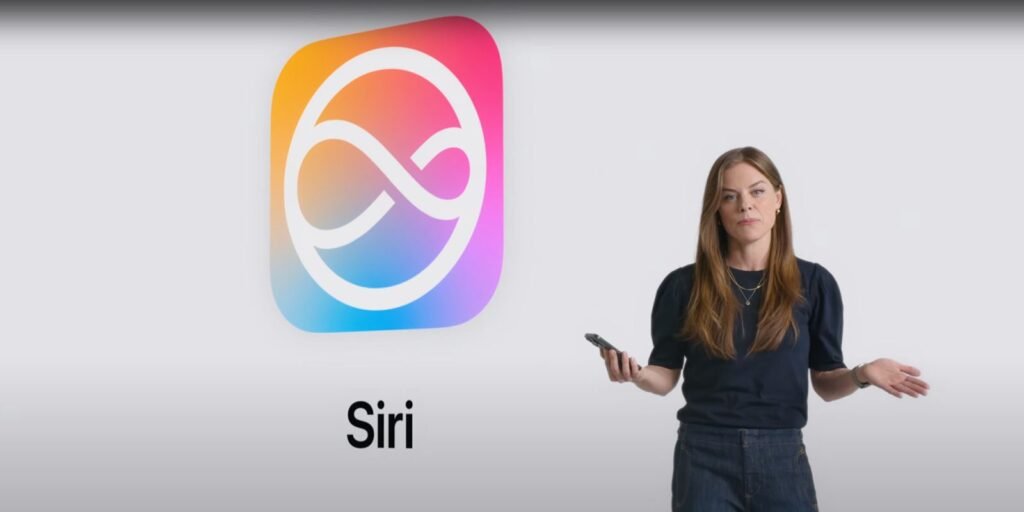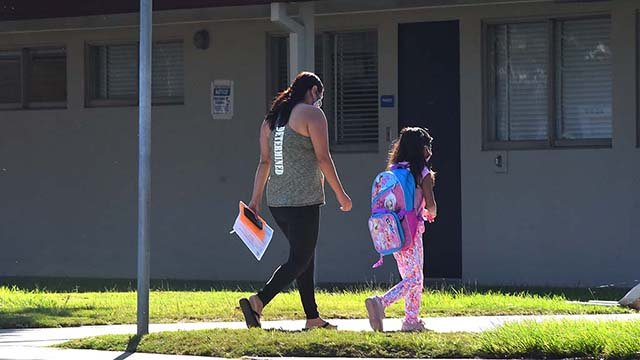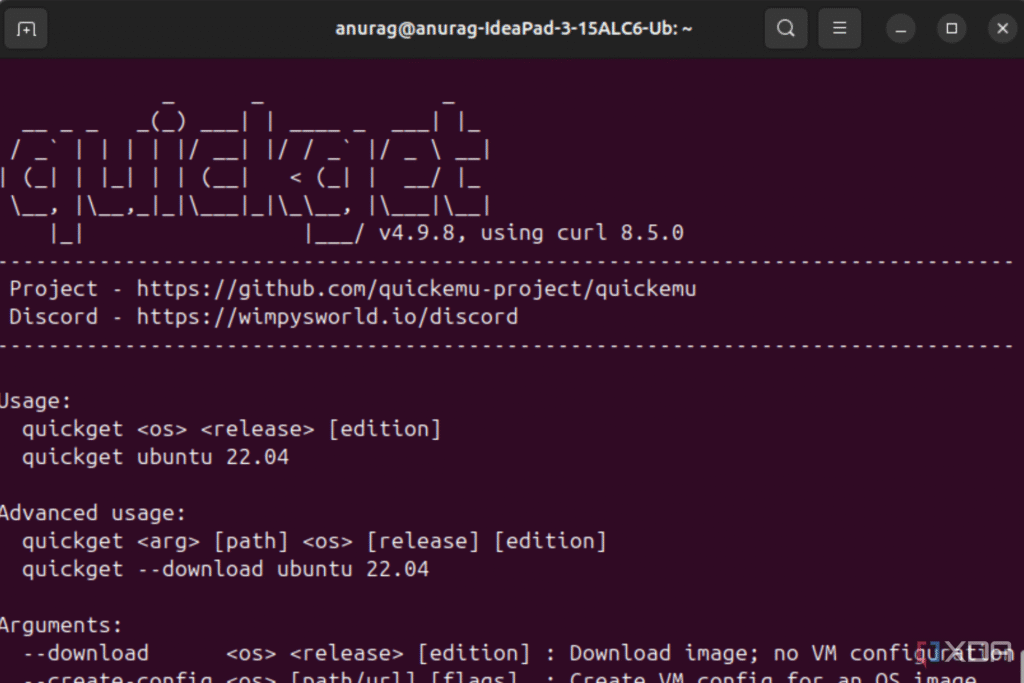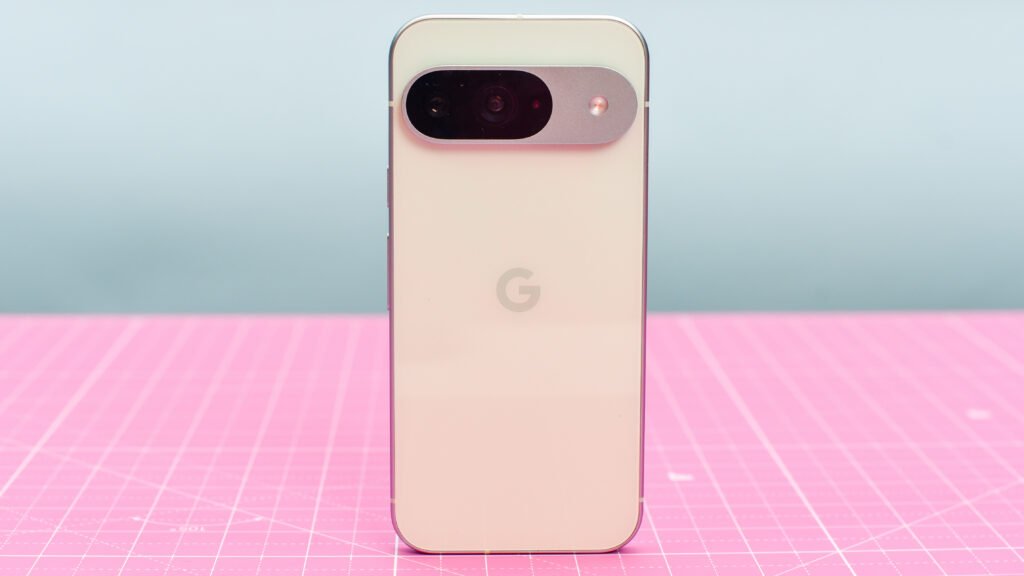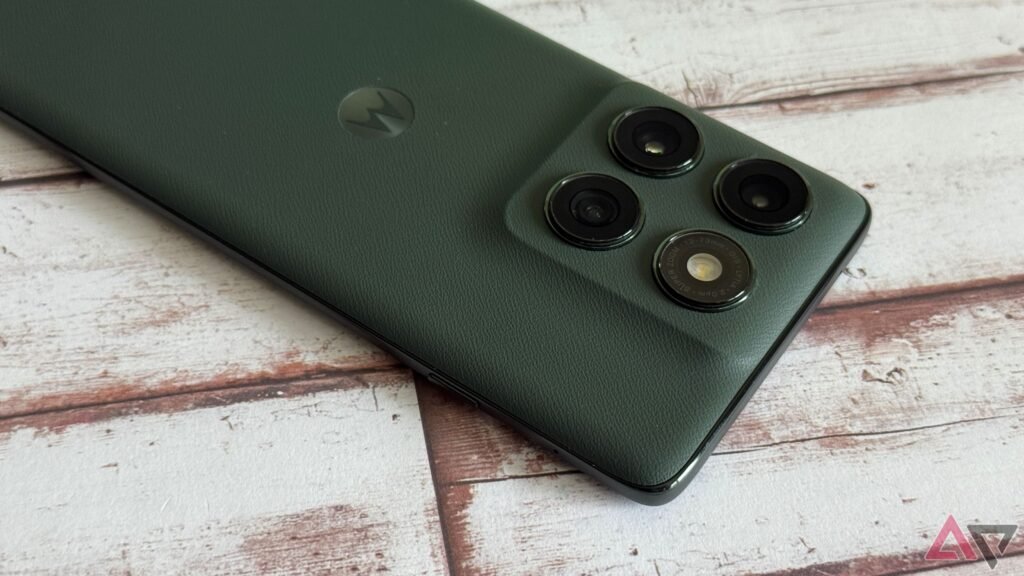Natalia Paruz, who serenades straphangers with her musical saw, isn’t getting the tips she used to.
That was clear on a recent Thursday at the Herald Square station in midtown Manhattan, her gold-colored tip bucket only showing a couple dollar bills and some coins halfway through a three-hour performance during the afternoon rush.
“I have so many people who come to me and say to me, ‘I love your music, I want to give, but I’m sorry, I don’t carry cash,’” said Paruz, who calls herself the Saw Lady.
That’s led her to display QR codes for digital payment apps Venmo and PayPal for commuters to send her digital tips.
The decline in cash payments is changing business for street performers. With the cash in their tip jars or guitar cases dwindling, magicians and musicians are turning toward digital payments to make money from performing.
Nearly half of U.S. adults never use cash in a typical week, according to research from Capital One. Nearly 70% of Americans used cash for “few if any” purchases in the past year. A vast majority, 87%, of all U.S. transactions were cashless in 2024, and the bank anticipates that by 2027, 94% of U.S. transactions won’t involve cash.
Cash still reigns among older and low-income Americans, Yale economist David Argente said. Americans ages 55 and older use cash at almost double the rate of 18- to 24-year-olds, according to Federal Reserve data.
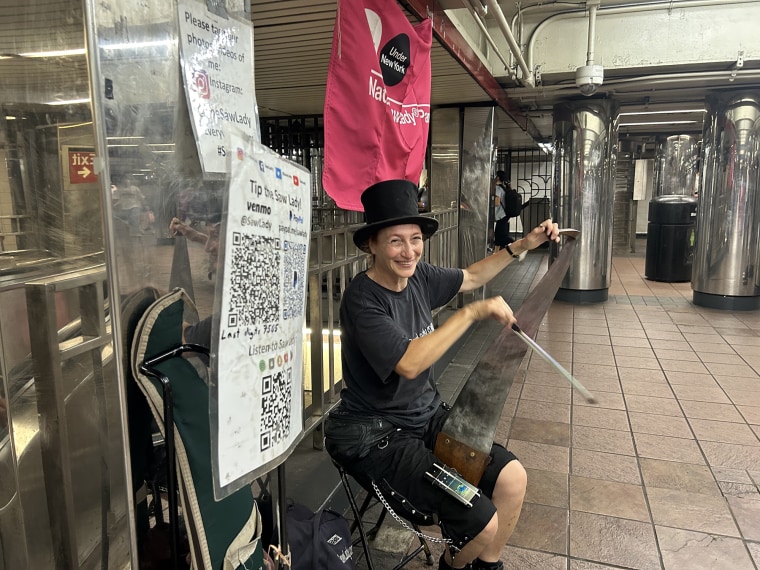
There’s no large-scale data on how people in the United States pay street performers, though the Federal Reserve indicates they are most likely to use cash for payments under $25. Paruz and other performers say busking still mostly draws hard money. Paruz said 70% of her tips still come from cash. New York blues keyboardist Gabriel Aldort, who plays in the city’s subways and ferry terminals, said only 5% of his tips are digital.
Aldort puts up “huge” QR codes for apps like CashApp and Venmo, but says his subway audience doesn’t get much use out of them.
“I think the vast majority of New Yorkers, even counting the transients, the tourists, have cash,” he said.
But performers have noticed that an increasing amount of their tips come from payment apps. Chadd “Wacky Chad” Deitz, a Boston-based stunt comedian who does backflips off pogo sticks in Northeast cities, has been experimenting with digital payments for 12 years. He now thinks 30% to 40% of his tips come that way.
“If you don’t accept digital payments, then you’re not going to survive,” Deitz said.
Digital payment apps aim to be more “trusted, familiar, and easy-to-use” ways for gig workers like buskers to make money, Venmo general manager Alexis Sowa said in a statement. A Cash App spokesperson did not respond to a request for comment.
But while performers say digital tipping is convenient, it has also affected how much audiences tip — and not necessarily for the better, said Danny Tangelo, a traveling magician who performs across Western states. He’s found cash tips are often higher than digital tips.
Digital payments also lack visibility: Deitz thinks people are encouraged to drop in cash or change when they see others do it.
“I do think that there is a little bit of psychology of people walking forward and saying, ‘Thank you,’ because they might see the QR code from far away, they might have tipped midshow and then walk away,” Deitz said. “But then people that didn’t pay see those people walk away, and they go, ‘Well, I guess it’s acceptable to walk away.’”
For Paruz, digital payments make busking less personal: Audiences keep their distance rather than coming up to her and dropping in a tip. Cash “fostered communication,” she said. “People would stop and talk to us.”
Apps like Venmo and Cash App also take a small cut of money received for goods and services, which adds up when performers are processing large amounts of digital payments.
An alternative is busk.co, a nonprofit, busker-specific payment site that allows performers to receive tips via Apple Pay, Google Pay and credit card. Berlin-based filmmaker Nick Broad started building the site in 2012 while working on a documentary about street performers. He says digital payments help make sure that buskers get paid what they’re worth.
“It’s as easy to give a million dollars as $1 on a cashless payments platform,” Broad said. “You might think that it’s worth $89, $10, $15, whatever, which is not the same when you’re getting cash out of your wallet and you’re fumbling around for change.”
But Broad says fewer performers have taken up busk.co in the United States compared to countries like the United Kingdom, Canada and Australia. He says that could be because apps like Venmo or Cash App are more mainstream here.
Although digital payments have helped buskers make up for a decline in cash tips, performers are still struggling. Paruz says she makes less from cash and digital tips than she did when she began performing in the 1990s, while Deitz has hit all-time lows for payment at multiple performances this year.
Broadly, Americans are tired of tipping. A survey this spring found more than 40% of Americans think “tipping culture is out of control.” That has meant many tipped workers in other industries have seen their tips dip.
Besides, with the rising costs of housing and food, if audiences want to save money, “they’re going to do it watching a street performer,” Deitz said.
That means performers like him don’t care how you pay them — as long as you pay. A $2 tip, Deitz said, isn’t going to “sustain a white picket fence and two kids.”
For magician Tangelo, though, cash has one additional benefit.
“I have a trick where money appears inside fruit,” he said. “You can’t do that with Cash App or Venmo.”


